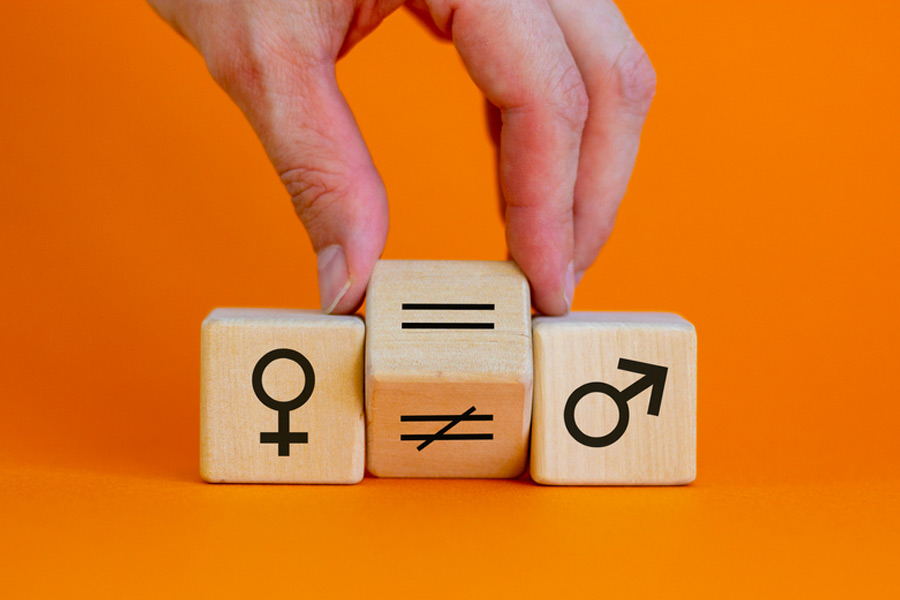In spite of India having stepped two ranks down since last year to 129 in the World Economic Forum’s Global Gender Gap index, it is not all dark. In the political empowerment sub-index, India scored among the top 10 of 146 countries in the head-of-state indicator. Ironically, though, women in federal positions remain few: seven ministers instead of 10 in the last government and 74 in place of 78 women in 543 parliamentary seats. This was one of the factors in the slip downwards. Yet India’s rank of 65 in political empowerment is its best. Another piece of good news is that India has closed 64.1% of its gender gap in 2024, but it is still behind Bangladesh, Nepal, Sri Lanka and Bhutan in the South Asia region, although ahead of Pakistan, which is ranked 145 in the full list. Educational attainment — ranked at 112 — was the other sphere that caused lower scores than in 2023. India ranked one in gender parity for secondary education enrolment and 89th in primary education; in tertiary education enrolment, tellingly, it was at 105. The literacy gap is unacceptable: India’s rank is 124. In health and survival, it is worse, it being placed at 142.
India is among the countries with the greatest gender gap. The sub-indices show that the disparity is created at a basic level. Educational difference is reflected in the economic parity and opportunity sub-index, in which India is 142nd; in wage equality for similar work, India stands at 120. Women earn Rs 40 against men’s Rs 100. Little exposes more clearly women’s status in the country and institutional attitudes to their labour. That India is 134th in women’s labour force participation demonstrates not just the learning gap, but also the expectations built into social structures. Much of women’s work is unpaid, invisible and indelibly associated with their gender identity. Besides, many of them work in the unorganised sector, some of which may prioritise physical strength. There they cannot earn as much as men do. Work which can be done at home often does not pay well. Social attitudes do not help when fixing payment for making, say, paper bags or rakhis. In any case, the present level of general unemployment will require unwavering political and social commitment to close the gender gap.











